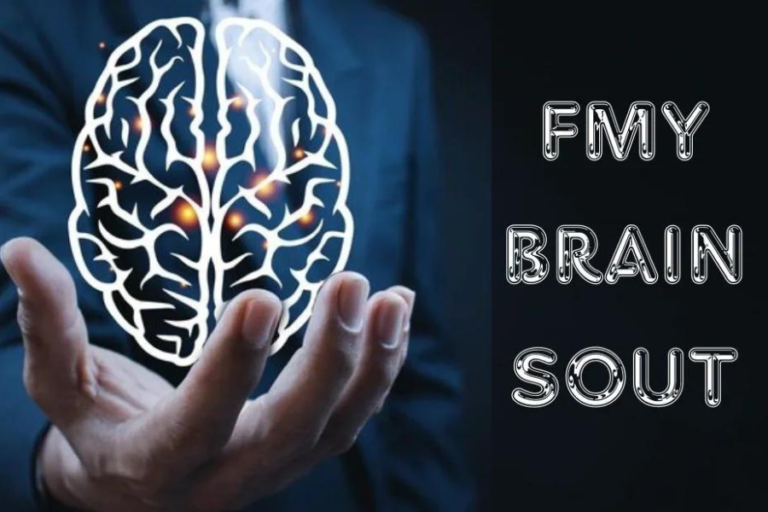Flowing Serenity: Discovering the Deep Harmony of Mizukando Meditation
In answer to the query about mizukando, this article explores the transformative meditative practice that integrates the soothing essence of water with mindfulness to restore emotional balance and inner peace. By combining ancient traditions with modern wellness, mizukando offers a refreshing pathway to healing and harmony that is gaining momentum worldwide.
What is Mizukando?
Mizukando is a meditative practice deeply rooted in the belief that water—one of nature’s most powerful and gentle elements—can enhance self-awareness, emotional resilience, and spiritual connection. Originating from East Asian philosophical traditions, the term blends “mizu” (水), meaning water in Japanese, and “kando” (感動), referring to emotional movement or deep sensation.
Unlike traditional meditation that emphasizes stillness or breath alone, mizukando introduces the flow, rhythm, and sound of water as a central element. This could involve guided meditations near streams, listening to water-themed soundscapes, floating meditations, or even visualization techniques centered on flowing rivers or gentle rainfall.
The Philosophy Behind Mizukando: Water as a Mirror to the Soul
Water has long been regarded as a symbol of clarity, adaptability, and tranquility. Philosophers like Laozi in Tao Te Ching praised water’s ability to nourish without struggle, flow around obstacles, and remain calm even in turmoil. Mizukando draws heavily from these ideas, using water’s traits as metaphors for emotional healing and personal transformation.
By meditating with water in mind—or literally present—the practice reminds us that like water, we can learn to flow through life’s ups and downs with grace. This symbolic alignment encourages inner flexibility, releasing resistance and judgment, and cultivating empathy and mindfulness.
How Mizukando Works: Techniques and Practices for Every Lifestyle
Whether you’re a seasoned meditator or a beginner, mizukando can be tailored to fit your personal rhythm. Here are some of the most popular techniques:
1. Water-Based Sound Meditation
Listening to recordings of rain, waves, waterfalls, or bubbling streams helps quiet the mind and brings focus inward. These sessions are often paired with guided affirmations or breathing techniques.
2. Visualization Meditation
Practitioners imagine themselves near a calm lake or drifting on a gentle river. These vivid mental images help release mental clutter and encourage emotional clarity.
3. Floating Therapy
Some forms of mizukando include flotation tanks or natural bodies of water where you can literally float while in a meditative state. The sensation of weightlessness heightens mindfulness and deep relaxation.
4. Walking Near Water
Walking meditations along rivers, oceans, or waterfalls are part of many mizukando routines. The rhythm of footsteps paired with the natural sound of water creates a deeply grounding effect.
Benefits of Mizukando: Why You Should Try This Soothing Practice
Practicing mizukando consistently can offer an array of psychological and physical benefits, supported by both ancient wisdom and modern research in wellness psychology:
- Stress Reduction: Water’s presence naturally lowers cortisol levels, enhancing the body’s ability to relax.
- Improved Emotional Regulation: It promotes emotional fluidity, helping individuals respond to challenges with calmness rather than reaction.
- Enhanced Focus: The rhythmic nature of water helps anchor attention, improving cognitive function and clarity.
- Spiritual Connection: Many report a heightened sense of connection to nature and a deeper awareness of their place in the universe.
Scientific Backing for Mizukando Principles
Several studies confirm the calming effect of water on the human nervous system. One study published in Frontiers in Psychology found that people exposed to water environments—either visually or aurally—experienced decreased anxiety and increased feelings of happiness and mental clarity.
Another report by the BlueHealth initiative in Europe emphasizes the link between blue spaces (oceans, rivers, lakes) and improved public mental health. These findings align closely with the foundations of mizukando, validating its growing popularity among therapists and wellness coaches.
Integrating Mizukando into Daily Life
One of the most empowering aspects of mizukando is its adaptability. You don’t need access to a remote forest waterfall or an elaborate float spa. You can bring its principles into your everyday routine with simple tweaks:
- Play water sounds during your commute or while working.
- Create a mini fountain at home or keep a bowl of water near your meditation space.
- Take mindful baths, paying attention to how the water feels and flows.
- Journal your emotional “water state” daily—are you feeling like still water, a bubbling brook, or a stormy sea?
Mizukando for Modern Wellness Coaches and Therapists
Mental health professionals are beginning to integrate mizukando into their practices, especially for clients dealing with anxiety, trauma, or burnout. The gentle nature of water-centered meditation is less intimidating than more intensive mindfulness strategies, making it accessible for people of all ages.
Therapists may use mizukando techniques during sessions or suggest personalized routines for clients to practice at home. Some wellness retreats are even offering specialized mizukando workshops, blending guided water meditations with yoga and nature walks.
Cultural Roots and Global Spread of Mizukando
While mizukando finds its origins in East Asian wisdom, it has resonated with global audiences. From Scandinavian forest spas to Balinese water temples, cultures around the world have long honored the sacred power of water. Today, wellness influencers, meditation apps, and holistic health brands are introducing mizukando to new audiences through online platforms and immersive retreats.
This global embrace reflects a shared longing for stillness in a world that often feels chaotic. Water, in its universality, transcends language and belief systems—making mizukando a spiritual practice for everyone.
Creating a Mizukando Ritual at Home
Designing your personal mizukando practice can be as creative or minimal as you like. Here’s a step-by-step to begin:
- Choose Your Water Element: It could be a real source (like your bath or a nearby stream) or a symbolic one (an image, a video, or even a recording).
- Set the Space: Light candles, play calming music, and ensure the area feels peaceful.
- Focus on Your Breath and Flow: Visualize your breath like a wave—gentle, continuous, effortless.
- Reflect and Journal: After each session, write down how you feel, any insights you gained, and how your emotional “waters” have shifted.
Over time, this practice becomes a sacred part of your self-care ritual.
Conclusion
In a world that often demands speed, certainty, and control, mizukando invites us to do the opposite: to slow down, soften, and flow. By embracing the meditative qualities of water, we not only soothe our minds but also awaken a deeper connection with ourselves and the natural world.
Whether you’re seeking emotional clarity, spiritual peace, or simply a new way to relax, mizukando offers a gentle, transformative path worth exploring. Its power lies not in complexity but in the quiet wisdom of water—always flowing, always adapting, always healing.
Stay in touch to get more news & updates on Hamrosolarllc!






